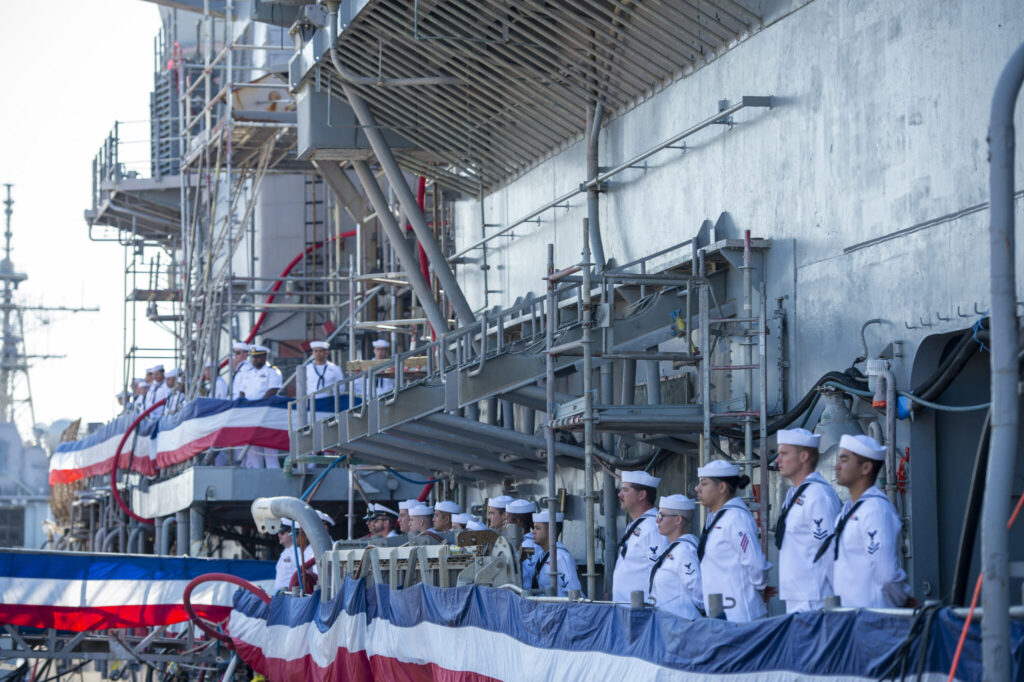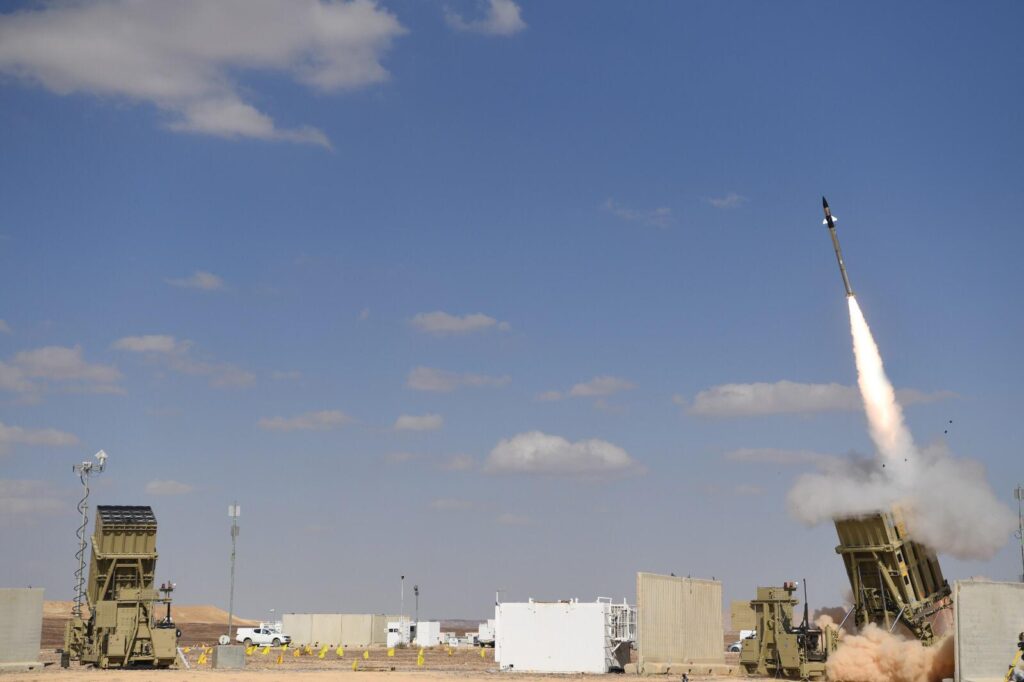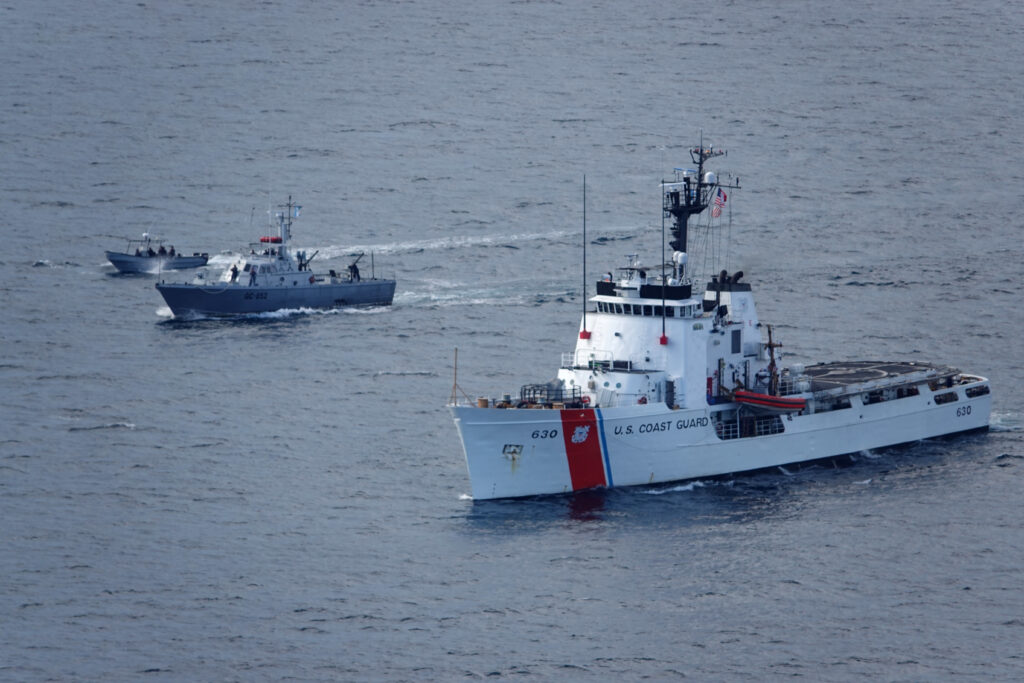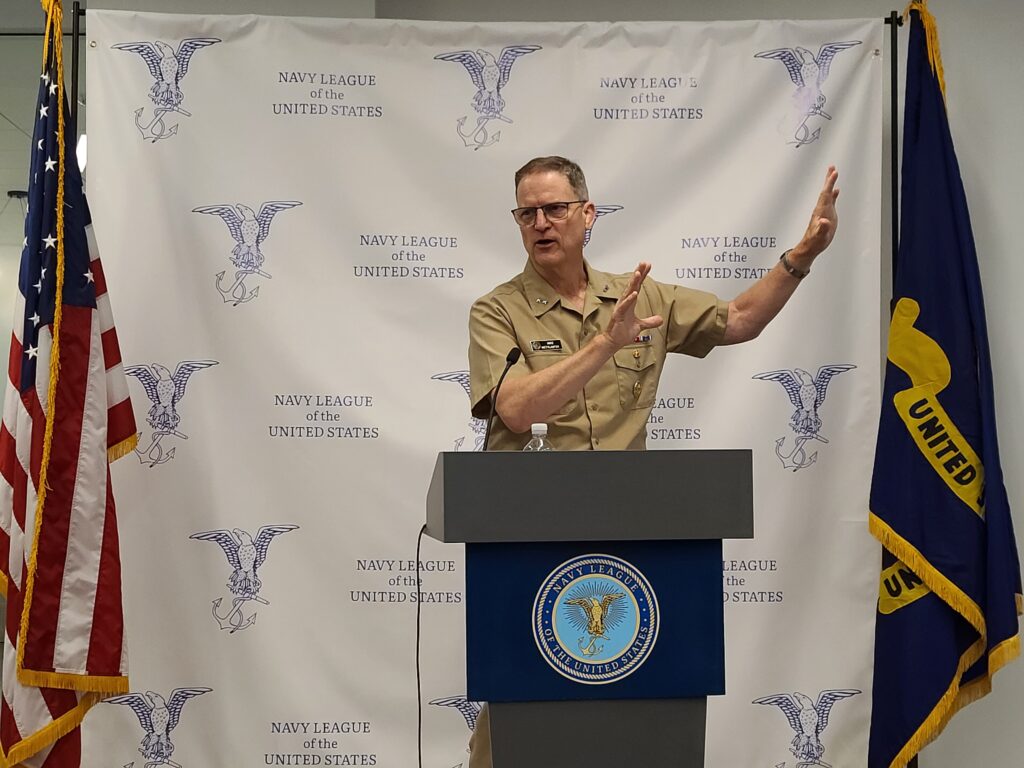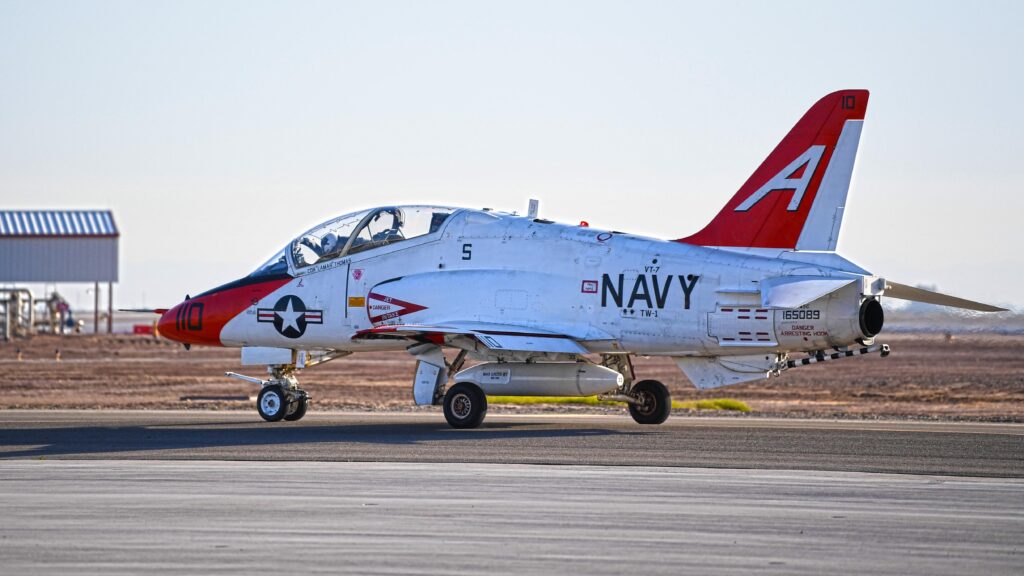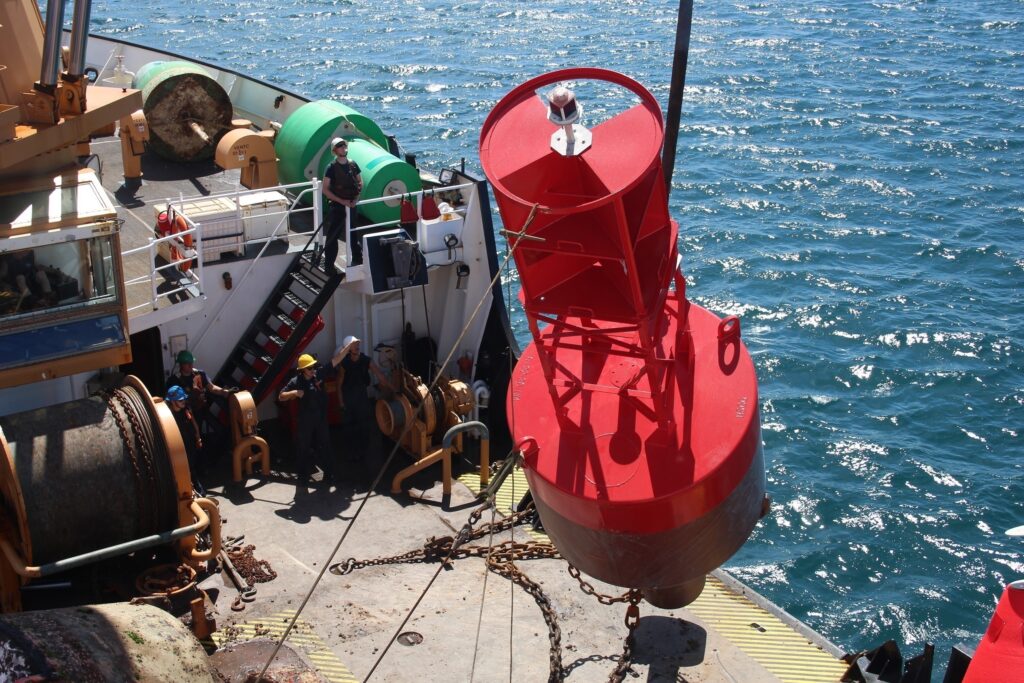National Museum of the Surface Navy to Present 2022 “Freedom of the Seas” Awards
SAN PEDRO, Calif. — The National Museum of the Surface Navy (NMSN) is presenting its 2022 “Freedom of the Seas” awards at a gala on Saturday night, Oct. 22, aboard the historic battleship USS Iowa at San Pedro, California.
According to retired Rear Adm. Mike Shatynski, the chairman of the board of NMSN and the Battleship USS Iowa Museum, said “the Freedom of the Seas Awards honor those individuals and organizations that embody the core principles of the American Surface Navy’s mission to protect and defend our oceans for the benefit of the free world.”
Presented annually, the awards include the Freedom of the Seas award, Vice Adm. Samuel L. Gravely, Jr. Award, Humanitarian Award and the Commerce and Communications Award.
Secretary of Agriculture Tom Vilsack is being recognized with the 2022 Freedom of the Seas Award, which is presented to an accomplished individual who embodies the core principles of the American Surface Navy to protect and defend our oceans for the benefit of the free world.
Shatynski said Secretary Vilsack has been spearheading a transformation of the food system to ensure that the food system of today and the future is more resilient and more competitive globally. “Under his leadership, the U.S. Department of Agriculture (USDA) and the Ministry of Agrarian Policy and Food of Ukraine are working together to enhance coordination between the U.S. and Ukrainian agriculture and food sectors to build a strategic partnership to address food insecurity.”
The 2022 VADM Samuel L. Gravely, Jr. Award will be presented to Retired Rear Admiral Sinclair Harris, vice president, Client Relations for LMI. The award, which was named in honor of the first African American in the U.S. Navy to command a Navy ship, command a fleet and become a flag officer, recognizes leaders who exemplify the trailblazing, courageous service of the late U.S. Surface Navy vice admiral.
“During Rear Adm. Harris’ distinguished 34-year Navy career, which culminated as vice director for operations to the chairman of the Joint Chiefs of Staff, he led joint, combined, multinational and interagency organizations across all aspects of defense; commanded the U.S. Fourth Fleet; and led U.S. naval forces assigned to the U.S. Southern Command,” Shatynski said.
Jim Zenner, Director of Los Angeles County Military and Veteran Affairs, is being recognized with the 2022 Freedom of the Seas Humanitarian Award, which represents the Surface Navy’s response to humanitarian assistance and disaster relief.
Zenner created the Los Angeles County Veterans Peer Access Network (VPAN), a veteran-led, community-driven support network serving veterans and their families by providing resources in the areas of mental health, substance misuse support, housing, workforce development and employment, healthcare, education, legal services, social connections and more. According to Shatynski, VPAN has become the model program for integrated and effective veteran support for the country. “His contributions exemplifies the fearless bravery and tenacity necessary to sail through troubled waters to provide humanitarian assistance and disaster relief, which are core principles of America’s Surface Navy.”
The 2022 Commerce and Communications Award is being presented to the California Trucking Association (CTA). This award recognizes leaders in commercial shipping and communications that embody a core principle of the American Surface Navy in utilizing the ocean for the benefit of the free world.
Eric Sauer, Chief Executive Officer of CTA, will accept the award which recognizes the association’s instrumental role in the movement of cargo, specifically on the front line of the goods-movement industry over the past couple of years. Shatynski said CTA’s ongoing efforts to boost the economy, provide safe roads, protect the environment and lower emissions have ensured the safe and responsible movement of goods through the challenging times throughout and following the COVID-19 pandemic.
The Freedom of the Seas Awards are held in honor of the anniversary of the October 1944 Battle of Leyte Gulf anniversary, the largest naval battle of World War II, to honor those individuals and organizations that embody the core principles of the American Surface Navy’s mission to protect and defend our oceans for the benefit of the free world.
“As situations across the globe continue to emerge, change and get increasingly complex, the United States Surface Navy’s roles in international relations, free trade, humanitarian assistance and technological innovation becomes even more important,” Shatynski said. “The individuals and organizations that we are recognizing with this year’s Freedom of the Seas Awards, are leaders whose incredible work and accomplishments exemplify the values and mission of our organization and the Surface Navy.”
Major sponsors for the Freedom of the Seas Awards 2022 are Lockheed Martin, Marathon Petroleum, UPS, the Port of Los Angeles, Collier Walsh Nakazawa LLP and the Surface Navy Association.
Scheduled to open in 2025 aboard the historic Battleship USS Iowa Museum, the National Museum of the Surface Navy is the museum for America’s Surface Navy. The museum’s mission is to raise America’s awareness of the importance of the United States Surface Naval Forces’ role in international relations, free trade, humanitarian assistance and technological innovation, not just in the past but today and into the future.

